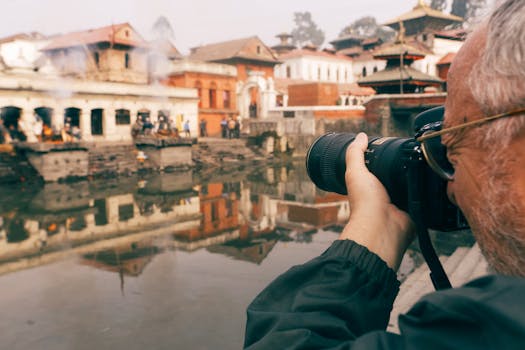
Photography is an art that has the power to capture and preserve memories. With the rise of smartphones, anyone can take a photograph, but not everyone can capture great photographs. The key to capturing great photographs is understanding how to use your camera’s basic controls. In this blog, we will give you some tips on how to master them.Shutter SpeedShutter speed refers to the amount of time that the shutter stays open. The faster the shutter speed, the less time light has to enter the camera. This is useful for capturing fast-moving subjects, such as sports or wildlife. A slower shutter speed will allow more light into the camera, which can be used to create a sense of motion or depth in your images.

ISOISO measures the camera’s sensitivity to light. The higher the ISO, the more sensitive it is to light. This is useful in low light conditions, but it also comes with a trade-off: the higher the ISO, the more noise (graininess) will appear in your images. To get the best possible image quality, try to stick to the lowest possible ISO that still allows you to capture the shot you want.ApertureAperture refers to the size of the opening in the lens that allows light into the camera. A smaller aperture (higher f-number) will result in a larger depth of field, which means more of the image will be in focus. A larger aperture (lower f-number) will result in a shallower depth of field, which allows you to blur the background and create a more dramatic effect.Focus

Focus determines which part of the image is sharp and in focus. You can focus manually or use autofocus, which automatically determines the focus point based on the scene. If you are taking a portrait, it is best to focus on the eyes. For landscapes, it is best to use a small aperture for a larger depth of field.CompositionComposition is the arrangement of visual elements in an image. It is important to consider the composition of your photographs to create visually appealing images. Use the rule of thirds, which involves dividing the image into thirds horizontally and vertically, and placing the subject off-center. This creates a more dynamic image.In conclusion, understanding basic camera controls is essential to capture great photographs. Remember to adjust your shutter speed, ISO, aperture, and focus based on the scene and lighting conditions. Also, consider the composition of your image to create a visually appealing photograph. With practice, you will master these controls and capture stunning images.
 see all posts!
see all posts!







